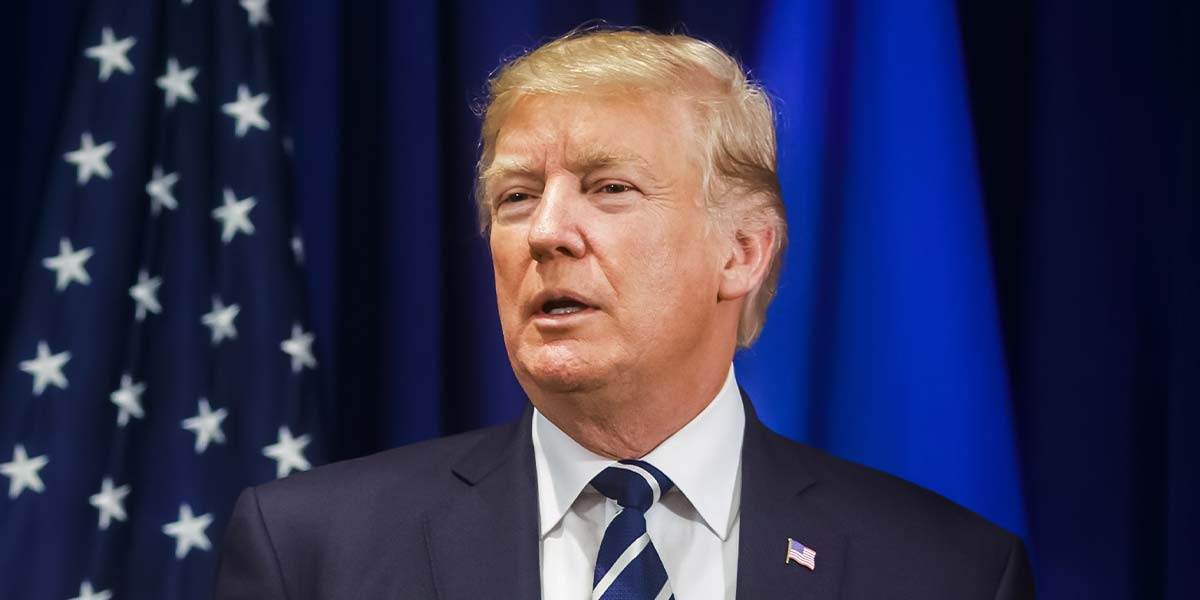On Wednesday, the United States Court of International Trade moved to block President Donald Trump “Reciprocal Tariffs” from going into effect.
Three federal judges ruled that the president’s imposition of blanket tariffs on all U.S. trade partners is overstepping the International Emergency Economic Power Act (IEEPA), the law that Trump used to enact his tax policies.
The ruling essentially rendered almost all of President Trump’s tariffs, including separate tariffs on Canada and Mexico to combat fentanyl trafficking, illegal.
However, tariffs that were issued under separate legal authority including steel, aluminum, autos, and the threatened levies on pharmaceuticals, semiconductor, and other critical products are not affected by the court decision.
The Trump administration was given 10 days to end the tariffs, but the White House immediately filed a notice of appeal in the U.S. Court of Appeals for the Federal Circuit.
Kush Desai, a White House spokesperson, rebuked the court decision in a statement that the unelected judges are in no place to properly address a national emergency, and Trump would utilize every tool in the executive power to address this crisis.
Furthermore, Washington may seek an emergency stay of the court’s ruling and implement alternative tariffs under more standard legal authorities, said Ted Murphy, a trade lawyer at Sidley Austin. While the ruling may deal a huge blow to Trump’s agenda, the court has yet to say the final word, he added.
Currently, the tariffs are in a legal limbo, if the court agrees to stay the ruling, then the July 9 ‘Liberation Day’ tariffs will be in full effect. However, should the court refuse to stay the proceeding, the tariffs will be null and void.
The Wednesday ruling came amid two lawsuits, one from the Liberty Justice Center on behalf of five small U.S. businesses that import goods from countries affected by the tariffs, and the other was filed by 12 U.S. states.
The IEEPA, the law that Trump used for his tariffs, was historically used to enforce sanctions or freeze assets of enemy nations. Trump was the first president to impose tariffs under this law.
Despite being declared illegal by the trade court, President Trump may explore different approaches for his tariff scheme, as the president used the trade barriers as leverage to extract favorable trade concessions from U.S. trade allies. With many ongoing and upcoming trade talks, the president will undoubtedly fight tooth and nail to keep his trump cards to put pressure on his negotiating partners.





